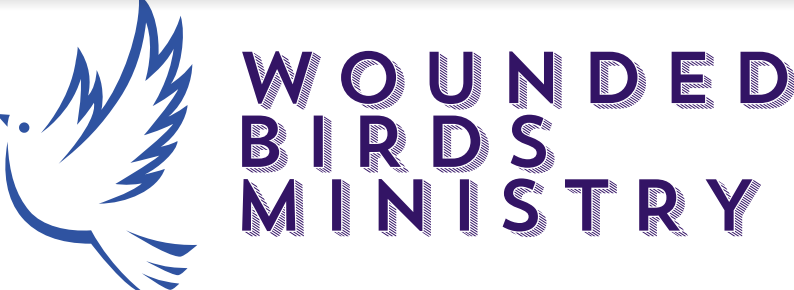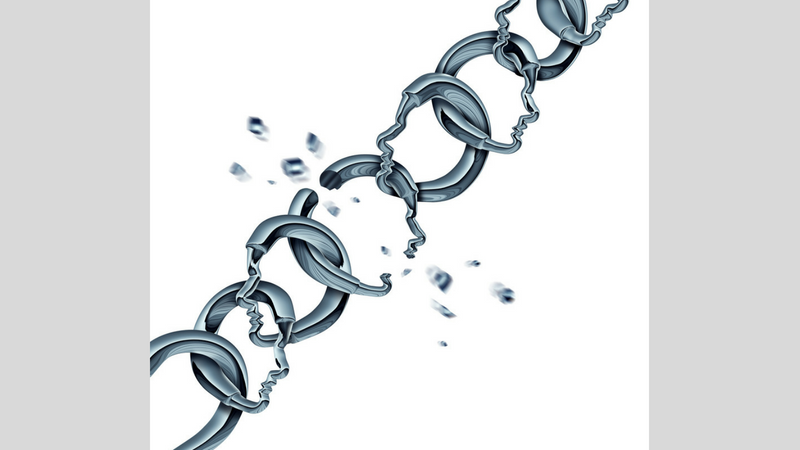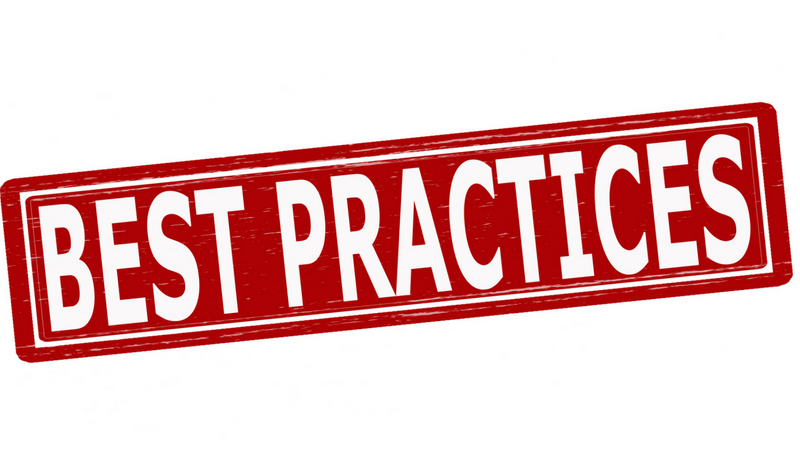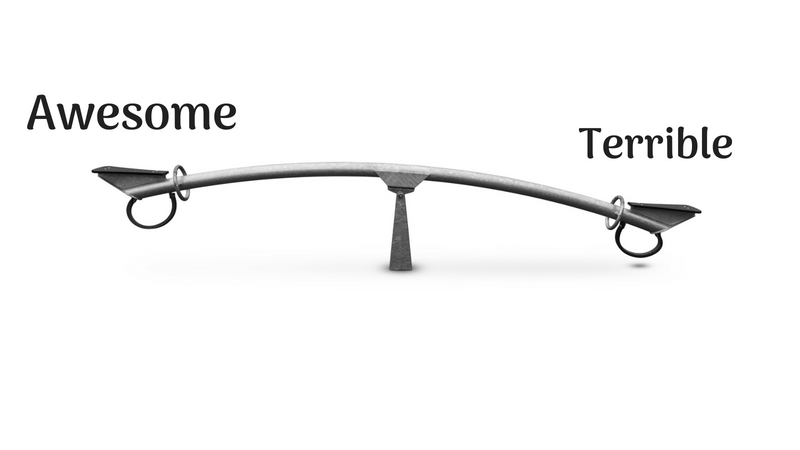Micro-Steps Are Critical to Success
One of the truisms about mental illness is that many people with a diagnosis don’t follow through on their treatment plans. Talk to any psychiatrist, psychologist/therapist, or mental health professional, and they will have stories about their patients who stopped coming to therapy or stopped taking their meds.
Some of this is attributable to the nature of the diagnosis. For example, bipolar disorder is marked by manias. When in a manic state, the person often feels euphoric and “like myself again.” In this state, it is easy to believe that they have learned to successfully manage their symptoms and no longer need to take medications. Sadly, going off the medications removes a key balancing element and even the best efforts to manage symptoms holistically can be a challenge.
Having worked with a number of people now and heard their stories, I think there are two other explanations: unrealistic expectations of how quickly we should feel better and feeling overwhelmed by our treatment plans.
In fact, I think the first explanation is influenced by the second: If I am doing “all this work,” shouldn’t I be getting results faster than I am?
Unfortunately, I know this first-hand. I can’t even tell you how many times I’ve decided it’s time to “get healthy.” For me, that’s meant starting an aggressive new water habit, working out for at least an hour five times a week, a radical change in diet, and usually some sort of weird accountability function, like making myself check-in at the gym on Facebook. No matter how many times I’ve made this commitment (and been serious about it), it’s never stuck. How many times have I gone to the gym this year? Never.
It’s too much and too fast, and reshaping our bodies by dropping pounds and building muscle takes time. We don’t see the results as they happen. Maybe we have big successes up front and then they start to taper off. However it happens, we get to the part where it’s a grind and we start question our commitment to the process.
It’s the same with mental health. For some of us, the diagnosis is such a relief that we dive into all four of the pillars of self-care, determined to get better as quickly as possible. Even the most serious and committed people struggle when they try to do too much up front.
“Sure,” you’re probably saying. “I know this. That’s why we should take baby steps.” Yes, and baby steps are great. But one thing I’ve learned is that your baby step may be my long jump. Sometimes, even baby steps are too big.
That’s why I advocate for micro-steps.
What Are Micro-Steps?
Micro-steps break baby steps down into their smallest components. You may think your baby step is as small as you can take it, but my guess is that you can break it down even further.
For example, one of the members of my Facebook group wanted to schedule an appointment with a psychiatrist. Susan wanted to try medications and see if they might help her. Frustratingly, her anxiety reared her head every time she approached the task. After some discussion, I suggested that she break it down into smaller steps.
Realistically, the process of “just calling a psychiatrist” has many parts to it:
- Medical benefit research (although most people skip this step): What is the co-pay? What medications are covered? What if the psychiatrist insists on prescribing a brand name instead of a generic?
- Locate a psychiatrist. In Susan’s case, this meant calling her insurance and finding out who was in-network on her policy and then doing some research to pick one.
- Making the call and setting up the appointment.
- Attending the appointment.
For Susan, steps 1 and 2 were not anxiety-inducing, possibly because she didn’t feel like she was committed to going to the psychiatrist. She was able to complete those steps on her own with breaking them down any further. Steps 3 and 4, however, were a different ball game.
Making the decision to look into a prescription was, for her, very emotional. It meant admitting that she was struggling. It meant acknowledging and making real her diagnosis. It meant saying that she needed additional help. There were very real and very significant emotions that impacted her ability to make those last two steps.
So we broke them down even further.
Step 3 now looked like:
- Save the phone number to the psychiatrist on her phone. Don’t make the call.
- Wait a couple of days (to let her anxiety levels drop a bit).
- Pull up the contact on her phone and hit the “call” button.
It simplified the number of things she actually had to do when making the call. She was no longer entering in seven digits and obsessing over the call before making it, letting her anxiety levels rise again. Instead, it was a quick retrieval and button push.
For Step 4, we assigned her someone to text her before she left for the appointment. Getting that bit of encouragement was helpful for her as she drove over. Also, I encouraged her to reach out afterward so that she could talk through her emotions and get support.
Breaking down these seemingly-simple tasks into even smaller pieces made each component feel easier for her. Her anxiety levels were lower and, coupled with her intense desire to take this step, she was able to move forward and achieve what she wanted.
Benefits to the Micro-Steps Approach
Taking a similar approach to our treatment plan helps us be more successful. Another benefit is that when we know we are taking it slowly and layering in new habits and components, we set our expectations more accurately:
– If I know that I’m only supposed to exercise for 10 minutes every three days, I know that I’m not going to see rapid changes in my body. Knowing this, I don’t get frustrated when I haven’t dropped three pounds or more in that first week.
– When I know that all I’m doing is taking a low-dosage of a medication in order to test for side effects and make sure I’m not overmedicated, I can be more patient with waiting for relief from my depression and avoid frustration that my symptoms still occur.
– When I know that I’m taking it slowly, I recognize the little wins I have in my everyday life. Maybe today is the first time I put on makeup in months (years?); that’s a huge win for me. Maybe I change the sheets on my bed, something I’ve avoided for a long time. Maybe I notice that my shoulders jump up when I hear a baby crying. These are all important successes that often get missed when we are rushing toward relief.
Lastly, the micro-step approach helps us build successes upon one another. Maybe you only started by drinking one ounce of water today, but now you are a rock star, drinking 10 ounces every day! And, as it’s become comfortable and more of a habit, you’ve been able to layer in another micro-step. These micro-steps build upon one another to form baby steps, and those baby steps eventually build into full-grown strides.
So don’t be ashamed of taking micro-steps. If that’s where you are, that’s where you are. Taking micro-steps is more important than taking baby steps, and doing something is more important than doing nothing. Whether it’s baby steps or micro-steps, you’re making the effort to move forward and that’s all that really matters.
What is one tip that helps you be successful with your treatment plan? Have you used micro-steps? I’d love to hear your experiences in the comments below!
Looking for daily inspiration and community? Join our warm and supportive Facebook group!









